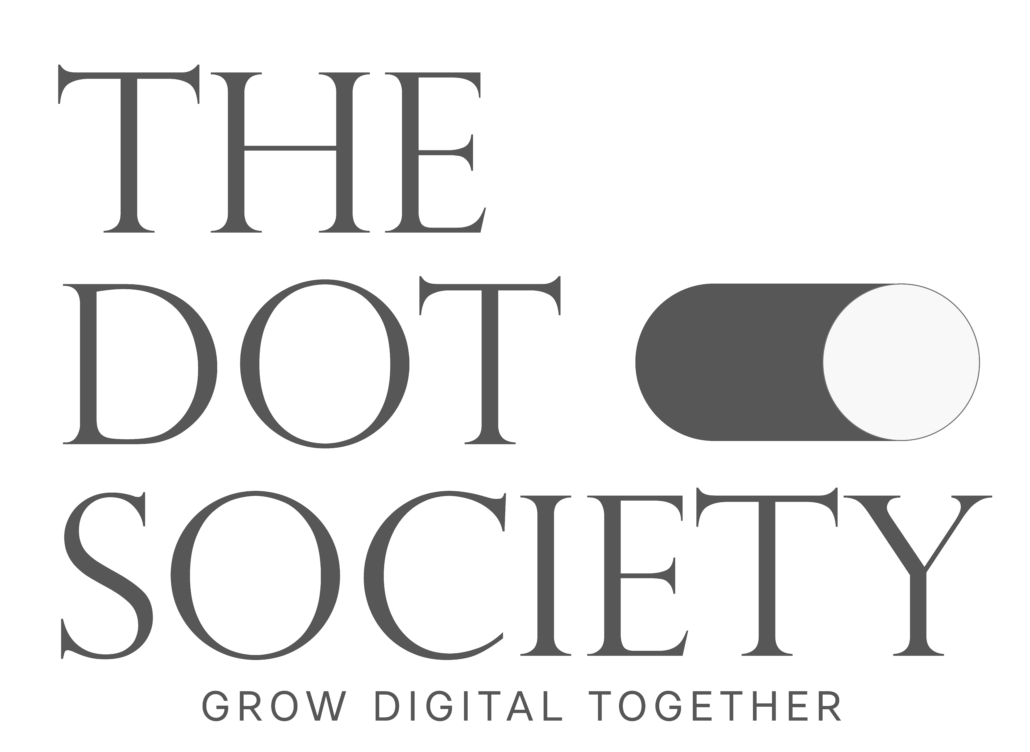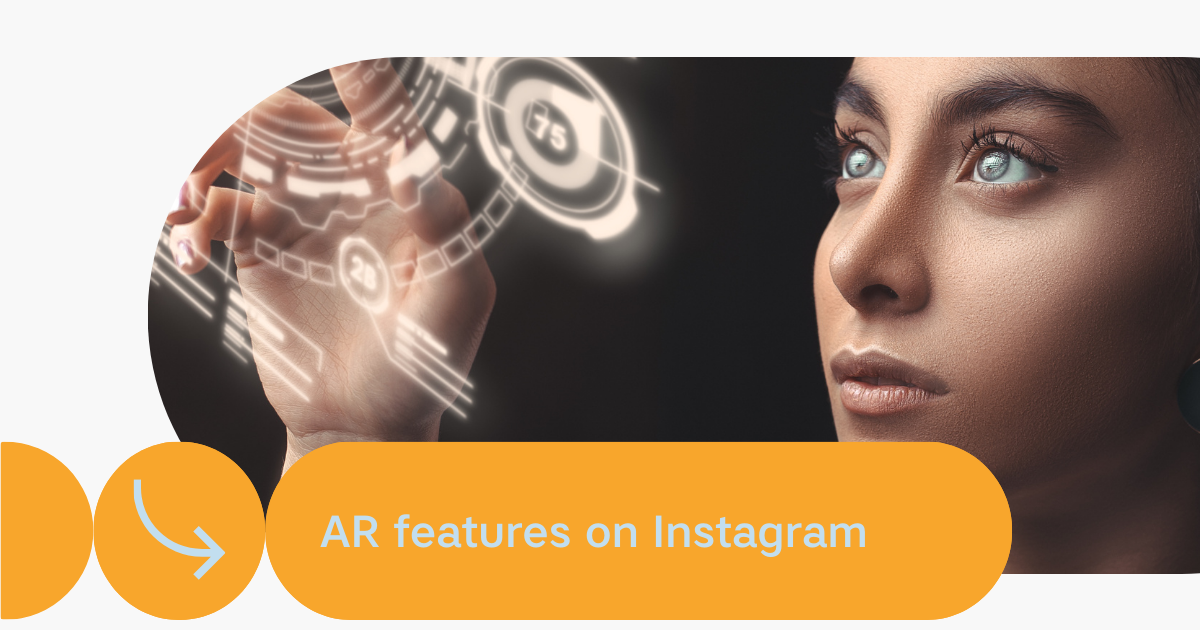By now you should know that at The Dot Society we simply want to enable great brands and products to scale up and realize online growth. All too often we get the question from our clients: “What are important success factors in realizing online growth?”. Now, this is not an easy one to answer – as the digital world exists out of various pieces of the puzzle which all have a crucial role to play.
However, we must say over the years we’ve certainly gathered some first-hand experience in what drives online growth.
Technology stack & data insights
In order to be able to write your online success story, you’ll need to take a careful look at the core of your business. It all starts with the backbone of your business namely the cms on which your website runs. There are a lot of providers out there like: Shopify, Woocommerce, Magento, Wix, Webflow and so on. All of them have their advantages and disadvantages. In order to make the right decision here, you need to know exactly what you’ll need for at least 5 years ahead. Cause there’s no one size fits all approach here.
Next to a website that runs on the cms you’ve chosen. It’s of crucial importance you have enough attention for data captation in order to gather useful insights on your business. Installing Google analytics should be a no-brainer as it gives you insights on the performance of your website as well as the customer behaviour and the customer journey. (Read more about the customer journey in this article.) Gathering and translating these insights into clear next steps to optimize your website but also your online marketing strategy is what we at the Dot society do best ;-) Next to Google Analytics, you should also think about the platforms you’re active on like Instagram, Google, Pinterest,… and make sure your website speaks to those platforms in order for you to gather the optimal insights and to be able to optimize your paid campaigns to get maximal results.
Digital Strategy
Next to a solid back-bone and tracking of your business, you’ll need a digital strategy. Start by translating your business goals into digital KPI’s; how many sessions you’ll need, your target CVR, target email subscriptions and so on… Once you have it crystal clear on the targets that need to be attained, you’ll need to break this down into the different channels that typically drive traffic to your website; an owned, earned and paid media mix. Owned media, is all traffic a business actually owns such as organic social media channels, emails etc. Earned media is all traffic a business earns f.e. Influencer content or PR articles etc. While paid media is the traffic a business actually pays. At the Dot Society we strongly encourage you to work on those 3 pillars as this is the only way to keep on growing over the long term. While of course with paid media you will be able to increase sessions significantly over the short term. As soon as you start you’ll also need to think of a CRM strategy as this will be your long-term gold. When you have defined your ideal media mix, start thinking about your buyer’s persona and determine what message/content speaks to them specifically. This exercise will allow you to attract the right people and thus deliver you qualitative traffic.
Small side note here: your digital strategy is a continuous work in progress (WIP), you are never done (otherwise we at The Dot Society would be out of business ;-)). It’s a continuous process of learning, iterating and optimizing your strategy to what you have learned.
Qualitative content is King
The quality of your content is of the utmost importance. You may have the best marketing funnels, tactics and strategies and even the biggest advertising budgets, but if your content sucks you will never be able to grow your business online. So dare to invest in good content. A good rule of thumb would be to spend 80% of your time on creating your content and 20% of your time on the distribution. Next to that try to incorporate the first 2 pillars into your content creation. You can integrate data insights of what works best for a certain audience or on a certain platform to optimize your content strategy. And know you’ll need a variety of content to keep your potential customer engaged. We all know seasonality is fading away, so one shoot to cover the whole year simply won’t do the trick. Plan your marketing calendar ahead and fit your product/service into content that speaks to your buyer’s persona the whole year-round.
Insider tip: Use the 60/30/10 rule for your organic content:
- 60% engaging content: content that will generate likes, shares and reactions.
- 30% shared content: content from your followers, influencers, etc.
- 10% promotional content: content that actually promotes your products or services, sales actions, etc.
Want to get custom advice on your business? Don’t hesitate to drop us an email. Our Dotters are more than happy to discuss your must take digital steps.
This post is also available in: Dutch




